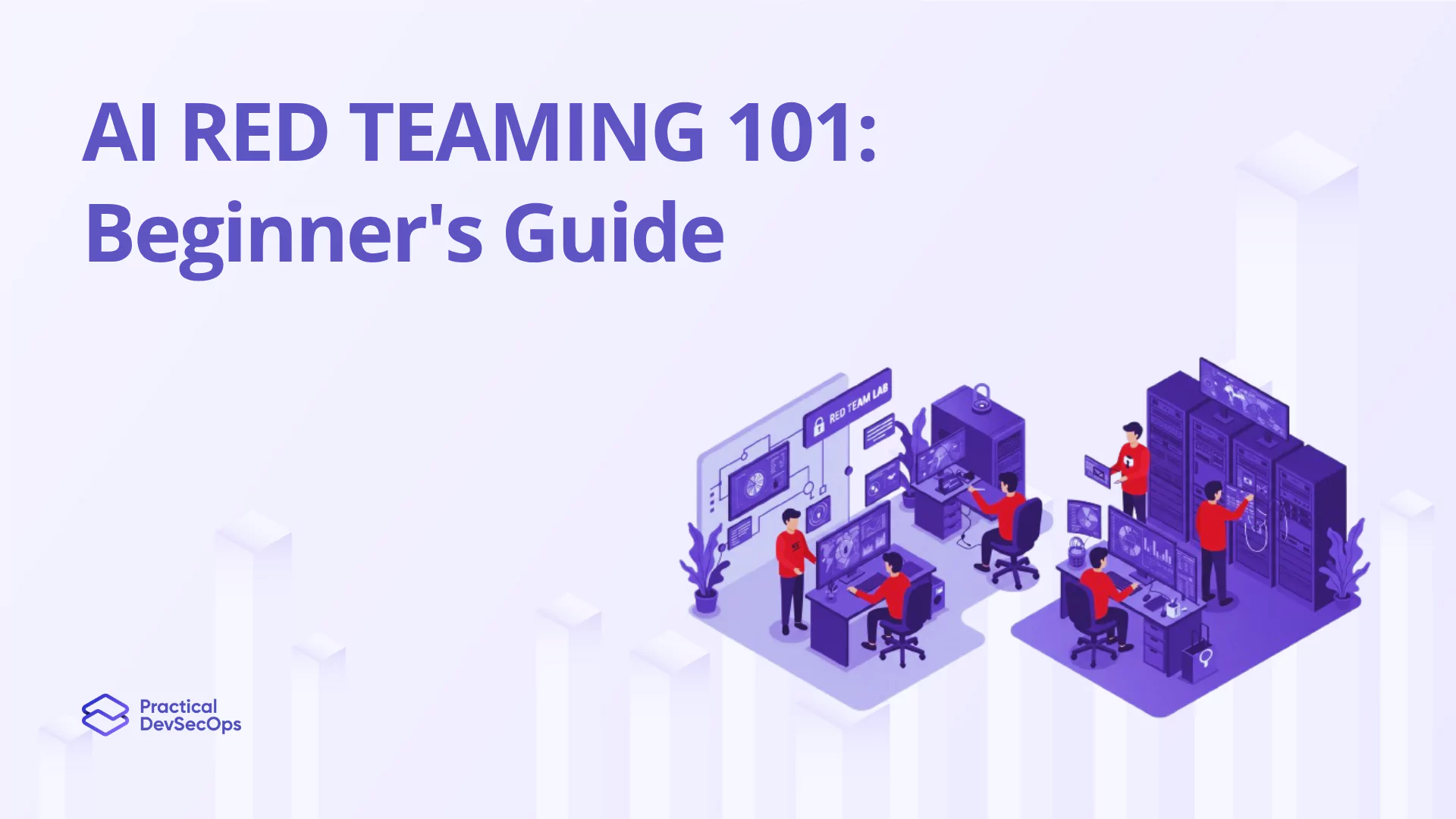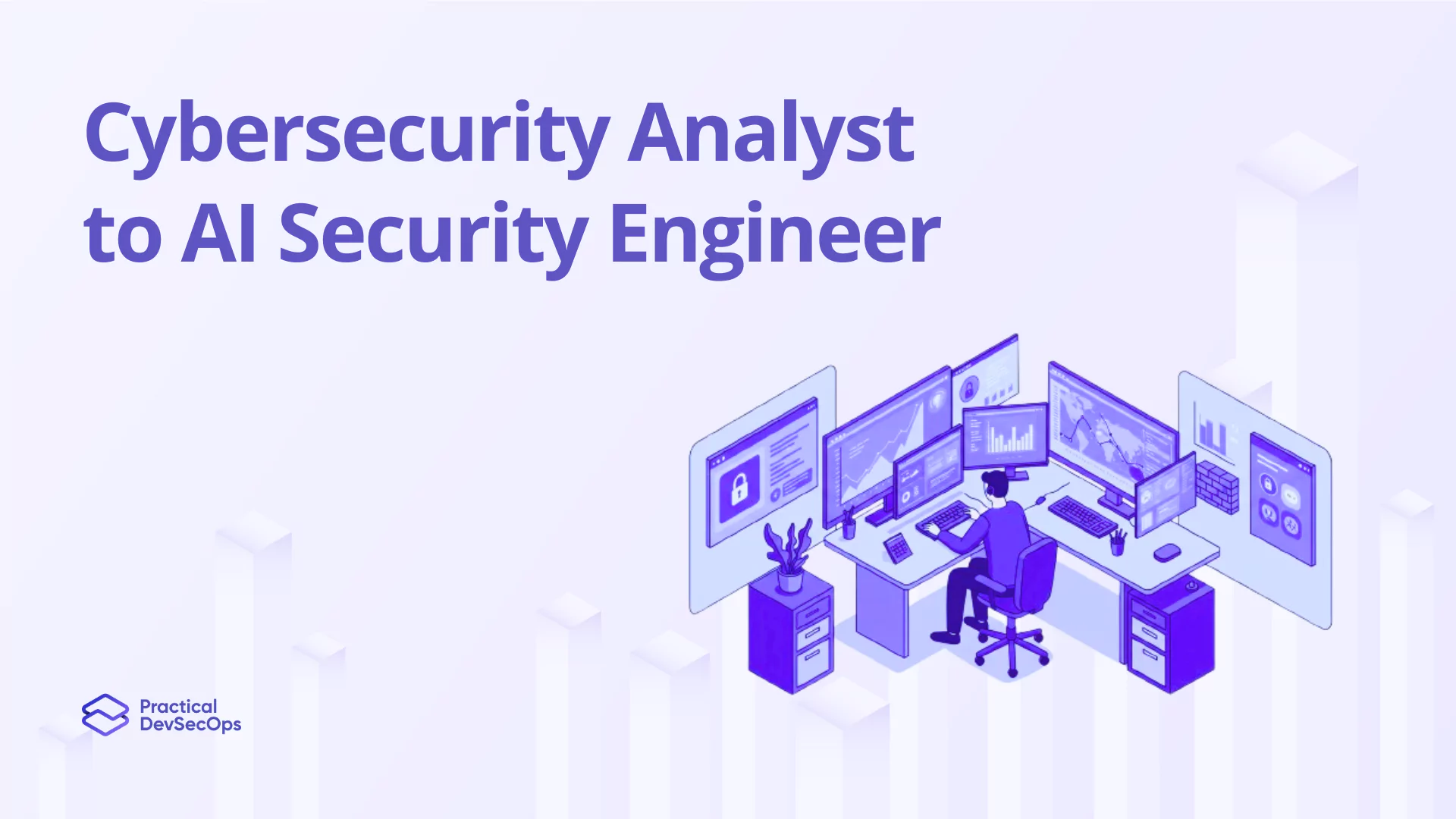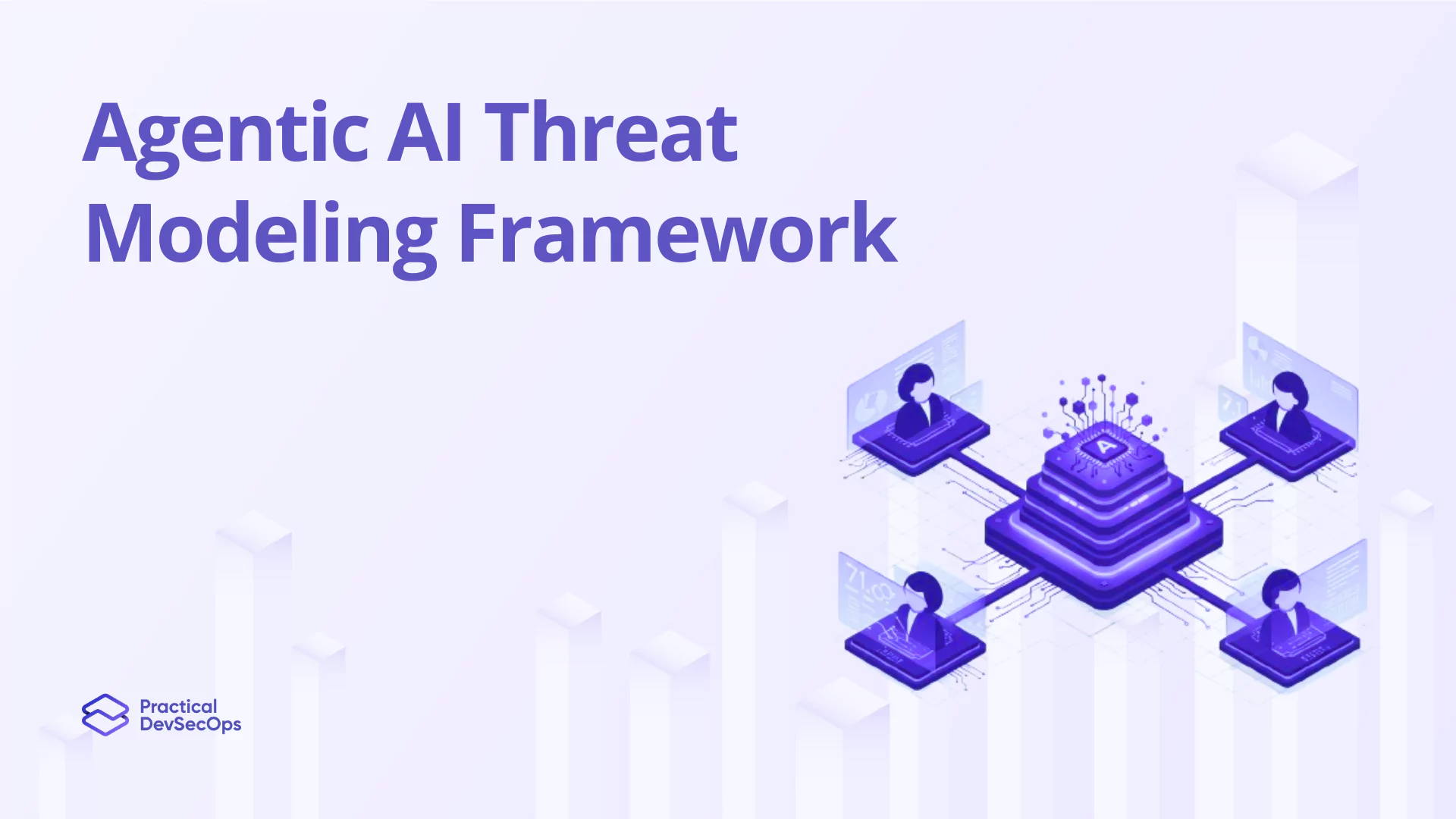AI red teamers discovered that a hiring program was unfairly rejecting candidates, and the program was using their zip codes to evaluate them. Many qualified candidates were rejected without even being considered.
AI red teaming has shown that it is possible for actors to manipulate healthcare AI systems into reporting incorrect cancer tests. This demonstrates how a vulnerability in AI could put real, individual patients at risk.
AI red teamers have also tricked autonomously driving cars by subtly manipulating sensor readings. This way, they can understand where the technology failed. When red teamers identify these problems, they are revealing more than just simple bugs.
It can fix an unfair hiring program; therefore, it can help doctors prescribe the right treatment, and thus it can prevent a car accident.
Also read about AI Security Engineer Roadmap
What is AI Red Teaming and Why Does It Matter?
AI Red Teaming is a process for testing AI systems, and it identifies vulnerabilities and weaknesses. It emulates attacks to uncover hidden issues, and it helps identify and resolve problems before they cause damage.
Core Purpose:
The objective is to identify vulnerabilities at an early stage, so this prevents malicious actors from taking advantage of them. It allows for remediation of data leakage, unfair results, and takeover of the systems; therefore, it avoids catastrophic, costly issues.
Also read about AI Security Frameworks for Enterprises
Key Difference between Manual Red Teaming vs. Automated Red Teaming
| Aspect | Manual Red Teaming | Automated Red Teaming |
| Approach | Conducted by human experts using creative, scenario-based attacks. | Uses scripts, tools, and AI to automate attacks and testing. |
| Coverage | Deep but narrower focus on targeted attacks, less scalable. | Broad and scalable testing across multiple scenarios. |
| Adaptability | Highly flexible, can pivot and improvise. | Limited to pre-programmed logic or learned attack patterns. |
| Speed | Slower process requiring human involvement | Tests faster and can test all the time or when you want. |
| Novelty of Attacks | Can invent new, unforeseen techniques. | Repeats known attacks, may miss emerging threats unless updated. |
| Cost | Higher costs due to skilled labor and time investment. | Lower costs after initial setup. |
| Consistency | Results may vary between experts or sessions. | Highly repeatable, standardized testing procedures. |
| Reporting | Provides nuanced, context-rich findings and recommendations. | Generates automated, standardized logs and reports. |
| Use Case Fit | Best for complex, ambiguous, high-value targets. | Best for frequent, repetitive, large-scale assessments. |
Also read about How to prepare for AI Security Certification?
How Does AI Red Teaming Work in Practice?
Testing Process:
AI red teaming is a structured, adversarial process – it finds weaknesses before attackers. Red teamers use several techniques for this.
Prompt Injection Attacks:
Red teamers craft special inputs, known as prompts. They use these prompts to bypass or manipulate the AI’s safety controls. These techniques expose whether a model can be tricked into producing harmful, biased, or unauthorized outputs.
Adversarial Example Generation:
Testers generate inputs such as specially crafted text, images, or audio—that are designed to confuse or mislead the AI. This helps reveal points where the system may fail or deliver unintended results.
Model Behavior Analysis:
Red teamers watch how the AI responds to many normal and unusual queries. They check if the AI is reliable, consistent, and able to handle unexpected situations safely.
Bias and Safety Testing:
Red teamers look for unfair, biased, or dangerous behaviors in the model. They test scenarios that might produce discriminatory or unsafe outputs to make sure the AI follows ethical and legal standards.
Common Attack Vectors:
Some of the most common attack strategies include
- Jailbreaking: Trying to bypass some built-in safety and ethical guardrails and cause the model to behave in anomalous or harmful ways.
- Data Poisoning: This attack involves putting toxic or inaccurate data into the model’s training data to create inaccurate or harmful predictions and behaviors.
- Model Inversion: A model attacker can use red teaming to learn about training data or reverse engineer training data, resulting in violations of your data confidentiality and privacy.
As adversarial defenses, AI red teaming can provide a layer of security by helping organizations predict, test, and remediate vulnerabilities ahead of malicious actors.
This is an important step in creating safe, reliable, and trustworthy AI systems.
Also read about Top AI Security Threats
What are the Top AI Red Teaming Tools and Frameworks used by Red Teamers?
Mindgard
Mindgrad automates along with adversarial red teaming AI. Include offensive security evaluation and artifact scanning; large attack libraries; real-time threat detection; and includes alignment with Methodological Threat Intelligence Frameworks such as MITRE ATLAS. Mindgard enables model testing for both generative and discriminative models.
Garak
Garak engages in adversarial testing of LLMs (large language models). In a community effort to find undesirable behaviors in LLMs Garak maintains a catalog of attacks to support iterative improvements. Garak is operated easily for continuous automated probing of LLMs while collaborating using open-source tools.
HiddenLayer
HiddenLayer offers solid protection for AI and ML systems with customizable attack frameworks and real-time reporting of vulnerabilities. It is specifically designed for organizations that want detailed endpoint protection and automated incident reporting.
PyRIT
PyRIT offers a fully open-source platform for supply chain and adversarial testing of AI. It allows teams to run fast, script-based adversarial probes making it a good option for teams that want free and possible attack scenarios.
Microsoft Counterfit
Counterfit is an automated attack platform, and it is a command-line tool. Microsoft’s AI Red Team developed it, and Counterfit is used to attack AI systems. Counterfit attacks AI systems by using evasion and model theft, and it supports many different AI models. The models can be open-source or proprietary because the tool is extensible. You can put in your own attacks and logging, thus allowing for further customization of the platform.
Open-Source Libraries
- Adversarial Robustness Toolbox (ART): IBM’s Python library that supports all major ML frameworks and tests model robustness, including evasion, poisoning, and extraction attacks.
- CleverHans: Google-backed library that provides attack/defense benchmarks, which is good for standard adversarial research.
- TextAttack: Open-source NLP toolkit that allows attacks and data augmentation for text models, thus enabling various applications in NLP.
Frameworks for Red Teaming
MITRE ATLAS Framework
The MITRE ATLAS Framework is a well-known reference for mapping out adversarial tactics, techniques, and threat scenarios related to AI systems. Red teams can leverage MITRE ATLAS to simulate realistic AI-specific attacks while ensuring a consistent reporting structure.
OWASP ML Security Top 10
The OWASP ML Security Top 10 outlines the critical classes of AI vulnerabilities, including prompt injection, training data poisoning, excessive agency, and model theft, all of it forming a checklist for assessing the security of an AI application.
How to Choose the Right Tool?
- Model Compatibility: Make sure the tools or frameworks you choose are compatible with the architecture of your AI (LLM, vision, etc.).
- Attack Sophistication: Look for libraries that already have more sophisticated and modern attack modules developed.
- Reporting: It is important you give preference to tools or solutions that have comprehensive and useful reporting as part of the solution for compliance and any remediation that’s needed.
- Community Support: In the case of open-source project such as ART or Garak, especially initial contributors and subsequent contributors, interest from the public or community is critical.
Selecting and using a combination of effective modern tools with commercial ones and open-source ones, as guided by the framework (MITRE ATLAS, OWASP, etc.) will help facilitate the red teaming of AI, protect sensitive models, and build real resilience into AI deployments.
Also read about AI Security Checklist
How to Get Started with AI Red Teaming: Skills and Career Opportunities?
To be effective as an AI red teamer requires proficiency in programming, specifically Python, because it only takes a few minutes to script an attack, and almost all attacks and assessments involve some form of scripting and automation.
You must also have a basic knowledge of machine learning to have insight into how models work and how they may fail.
In the security space, you should have strong skills in threat modeling and understanding vulnerability assessments, as these skills will allow you to methodically probe for weaknesses in AI systems.
You should also be able to think like an adversary, meaning you can creatively simulate an attacker and anticipate possible threats. Additionally, you will want to have strong ethical considerations for responsible, legal testing and diligence in reporting.
Also read about AI Security System Attacks
Why Penetration Testers Should Upskill in AI Red Teaming
- Expanding Attack Surface – AI will create attack surfaces with varieties of risk that traditional pentesting cannot validate (i.e., prompt injection and adversarial attacks).
- Future-Proof Career – In 2025, 50% of organizations will be using AI red teaming, making entry into security roles focused on red teaming high-demand skills.
- Higher Salary Potential – Pentesters will transition to roles with a deeper specialization and higher pay like an AI Security Consultant.
- Enhanced Testing Capabilities – AI tools can automate repetitive operations letting pentesters focus on more advanced attack methods like jailbreaking the system or business logic flaws.
- Compliance & Business Value – AI red teaming demonstrates your compliance with up-and-coming regulations (GDPR, EU AI Act) due to failures and the reputational damage for the organization is expensive.
- Continuous Innovation – AI allows for fully automated, 24/7 scaling testing all the time, maximizing the testing impact on security practices as well as performance on innovative skills.
What Are the Key Ethical Considerations in AI Red Teaming?
Responsible Disclosure: Disclose vulnerabilities responsibly and contribute to fixes. Do not exploit vulnerabilities, because this is essential for responsible disclosure.
Legal Compliance: Act within the law and respect regulations such as GDPR, therefore protecting confidentiality and data.
Harm Minimization: Perform as many tests as possible so that you do not cause damage and thus do not disrupt systems.
Documentation: Document it and maintain a good paper trail, because this helps with transparency. Be transparent during the red teaming process, and maintain a good paper trail, therefore ensuring accountability.
Those are all good practices, and they also help build trust, so they maintain the security of the AI.
Know about how to Build a Career in AI Security
What Are Real-World AI Red Teaming Use Cases?
Red Teaming in Healthcare
Red teams are used to test AI systems, such as chatbots, and they test for leaks of personal information. They test for bias during diagnosis, and they test to see if the model can be fooled. They test to see if the chatbot accurately performs diagnoses, and they test to see if the chatbot is secure. Likewise, they test to see if the chatbot can detect security vulnerabilities, and Amphia Hospital is a group that uses red teaming because they need to ensure their systems are secure.
Financial Fraud Detection
In banking and fintech, red teams help identify how fraudsters might exploit AI-based fraud detection systems, and, for instance, HiddenLayer has partnered with large financial institutions to conduct red team assessments. Vulnerabilities can be fixed before fraudsters get a chance to exploit them, therefore saving millions of dollars.
Content Moderation Systems
Red teams attempt to defeat systems that filter out hate speech, fake news, or spam, and they do this by creating malicious posts in different languages. Businesses like ActiveFence are testing the system to ensure that the AI used to filter out malicious content is not exploited and works in various scenarios; therefore, the system can be relied upon to handle a wide range of situations.
Autonomous Vehicles
Red teaming on autonomous vehicles tests perception systems with real-world adversaries (visibly altered traffic signs, spoofed GPS signals) to make safety-critical errors more difficult. The experiments highlighted the vulnerability of image recognition and showed the significance of conducting adversarial stress tests on self-driving technology.
Voice Assistants and LLMs
AI red teaming works to examine voice bots and large language models (LLMs) for risks associated with these systems, including information leakage to unintended recipients and completing unauthorized actions. AI red-teaming considers several plausible tests, including those related to compliance issues, impersonation or manipulation attacks, and data processing flows to identify potential hidden weaknesses, particularly in compliance-rich environments such as finance or healthcare.
Regulatory and Compliance Testing
Organizations use red teaming to prove regulatory compliance (e.g., GDPR, AI Act) that involves stress testing AI against legal and ethical standards, highlighting potential bias, and verifying audit trails exist. Red teaming also aids in complying with changing industry requirements for trust and safety in AI.
How Can the Certified AI Security Professional Course Advance Your AI Red Teaming Career?
AI red teaming professionals need hands-on expertise with industry-standard tools to secure high-paying red teaming jobs. The Certified AI Security Professional (CASP) course delivers practical AI red teaming skills through real-world scenarios that employers demand in today’s competitive market.
What skills you will learn:
- Execute attacks using the MITRE ATLAS Framework and OWASP Top 10 for prompt injection and model poisoning.
- Implement enterprise AI security by deploying model signing, SBOMs, and vulnerability scanning for production AI systems.
- Implement professional threat modeling using STRIDE method for full AI red teaming assessment and documentation.
- Protect AI development pipelines from data poisoning, model exfiltration, and large language model evasion attacks.
Conclusion
AI red teaming protects organizations from devastating vulnerabilities that threaten healthcare, finance, and critical infrastructure. Skilled professionals use industry frameworks like MITRE ATLAS and OWASP while executing real-world attack scenarios.
Ready to advance your career? The Certified AI Security Professional Course delivers hands-on expertise employers demand. Join professionals earning $90K-$180K+ by developing practical skills that secure our AI-powered future.
Start your AI security journey today.
Also read about what AI Security Professionals Do?
FAQs
What is the difference between AI red teaming and traditional cybersecurity red teaming?
AI red teams test models for vulnerabilities and biases to prevent manipulation and data leaks. They use various prompts to see if models can be tricked into harmful behavior or revealing training data secrets. Traditional red teams focus on penetrating computer systems and networks to find security weaknesses.
How do you choose the right AI red teaming tool or framework?
Your choice will be based on the type of AI model (LLM, vision), compatibility with enterprise systems, degree of depth for attack simulations, and capabilities of reporting capabilities. Popular frameworks are MITRE ATLAS and OWASP ML Security Top 10.
How does the Certified AI Security Professional (CAISP) course benefit AI Red Teamers?
The CAISP program is a practical training for AI red teamers covering prompt injection, model theft, data poisoning, and LLM-specific threats, and the 30+ browser-based labs and practical exam cover threat modeling for AI systems, pipelines, and supply chains. It includes NLP, vision, and agentic models, because the techniques are mapped to OWASP LLM Top 10 and MITRE ATLAS; therefore, the certification is industry-recognized, boosting an AI security career. It’s a global network of AI security professionals; thus, it provides a platform for professionals to connect and share knowledge.
What are the most common attack techniques in AI red teaming?
The most common attack techniques include prompt injection, data poisoning, model inversion, adversarial example generation, jailbreaking, and model extraction attacks. Each aims to expose weaknesses in model logic, training, or deployment.
How can organizations ensure their AI red teaming is compliant with regulations?
Teams need to ensure that their deployments adhere to best practices such as GDPR, SOC 2, and for mission-critical environments, new regulations like the EU AI Act, and therefore they must be vigilant in their compliance efforts.
How can AI red teaming help identify and mitigate bias in AI systems?
Red teaming involves testing the models using different demographic indicators, and they seek evidence of unfairness. From there, the teams can tweak the model to ensure that it’s fair for all groups.
What are the “failures” that AI red teaming can reveal in production systems?
Failures can include leakage of sensitive data and generation of poor or unsafe outputs. Evasion of ethical controls and model drift as underlying data changes can occur, and these failures can result in major business, legal, and reputation issues because they are significant.
What career paths and skills are important for AI red teamers?
AI red teamers rely heavily on modeling skills (Python), machine learning, threat modeling, and adversarial thinking skills. They fill positions, such as AI Security Consultant, Red Team Lead House, and Research Scientist, that all pay high salaries and have rapid growth potential.




